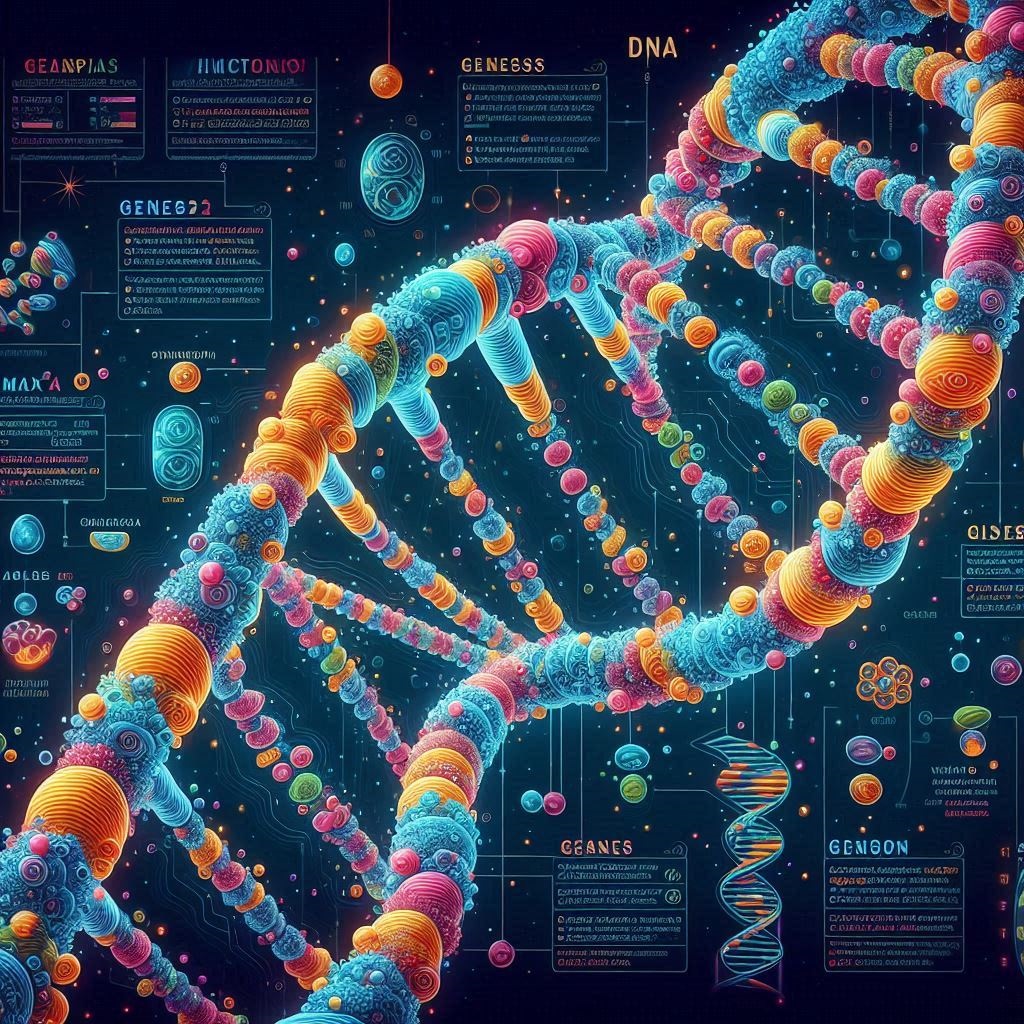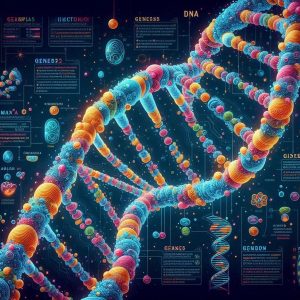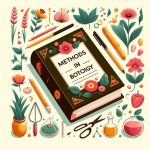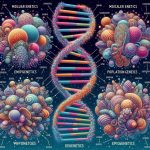What is Genetics?
Genetics is the branch of biology that studies genes, genetic variation, and heredity in organisms. It explores how traits are passed from parents to offspring and how these traits are expressed in individuals. This field has profound implications for understanding health, disease, evolution, and many other aspects of biology. For a detailed overview, visit Genome.gov.
History of Genetics
The history of genetics is a fascinating journey through time, marked by key discoveries and breakthroughs that have shaped our understanding of heredity and the biological basis of life. From ancient theories to modern genomics, genetics has evolved into a critical field in biology and medicine. Here’s a brief overview of its history:
Ancient and Pre-Scientific Concepts
The concept of heredity dates back to ancient civilizations. Early Greek philosophers like Hippocrates and Aristotle speculated about inheritance and the transmission of traits. Although these ideas were rudimentary and lacked scientific basis, they laid the groundwork for future research.
17th and 18th Centuries: The Beginnings of Modern Genetics
In the 17th century, scientists like Robert Hooke and Antonie van Leeuwenhoek made significant contributions with their observations of cells and microorganisms. These early discoveries provided insights into the biological units of life, which would later be crucial for understanding genetics.
19th Century: Mendelian Genetics
The field of genetics formally began with Gregor Mendel’s experiments in the mid-19th century. Mendel, an Austrian monk, conducted meticulous experiments with pea plants and discovered the fundamental principles of inheritance, which are now known as Mendel’s Laws. His work went largely unrecognized until it was rediscovered in the early 20th century. For more on Mendel’s work, visit GenomeWeb.
Early 20th Century: The Chromosome Theory of Inheritance
The early 20th century saw the development of the Chromosome Theory of Inheritance, which linked Mendelian genetics with the behavior of chromosomes during cell division. Key figures such as Walter Sutton and Theodor Boveri made significant contributions to this theory. Their work laid the foundation for modern genetics by connecting genes to specific chromosomes. Explore more about this theory at Nature.
Mid 20th Century: The Discovery of DNA Structure
One of the most significant milestones in genetics was the discovery of the structure of DNA by James Watson and Francis Crick in 1953. This breakthrough, aided by Rosalind Franklin’s X-ray diffraction images, revealed the double-helix structure of DNA, which is crucial for understanding genetic replication and gene function. For more details, visit Nobel Prize.
Late 20th Century: The Human Genome Project
The Human Genome Project, initiated in 1990 and completed in 2003, was a landmark international effort to map and sequence the entire human genome. This project has provided invaluable insights into the genetic basis of human health and disease. It has paved the way for personalized medicine and advanced our understanding of genetics. For more on the Human Genome Project, visit GenomeWeb.
21st Century and Beyond: Advances in Genomics and Biotechnology
The 21st century has seen rapid advancements in genomics, including the development of CRISPR-Cas9 gene-editing technology, which has revolutionized genetic research and biotechnology. Current research focuses on gene therapy, personalized medicine, and the ethical implications of genetic modifications. For ongoing developments, check out Nature.
Key Figures in the History of Genetics
| Person | Contribution | Year |
|---|---|---|
| Gregor Mendel | Formulated the laws of inheritance | 1865 |
| James Watson & Francis Crick | Discovered the double-helix structure of DNA | 1953 |
| Rosalind Franklin | Provided X-ray diffraction images crucial for DNA structure discovery | 1952 |
| Human Genome Project Team | Mapped the entire human genome | 2003 |
The history of genetics is a testament to human curiosity and scientific advancement. From ancient theories to modern genomics, each milestone has contributed to our current understanding of genetics and its applications in medicine, agriculture, and biotechnology. As research continues to evolve, genetics will undoubtedly play an increasingly vital role in shaping the future of science and health. For more historical insights, visit Genetics Society of America.
Basic Concepts in Genetics
Genes: The basic units of heredity, made up of DNA, that code for proteins and determine specific traits. Each gene is located on a chromosome.
Chromosomes: Thread-like structures made of DNA and protein that contain many genes. Humans have 23 pairs of chromosomes in each cell.
DNA: Deoxyribonucleic acid, the molecule that carries the genetic instructions used in growth, development, functioning, and reproduction of all known living organisms. For more information, see Nature.
Alleles: Different forms of a gene that can exist at a specific locus. Alleles can be dominant or recessive, influencing the expression of traits.
Mendelian Genetics
Mendelian genetics, named after Gregor Mendel, is the study of the inheritance of traits based on his principles of inheritance. Mendel’s work with pea plants laid the foundation for the field of genetics and established key principles that describe how traits are passed from one generation to the next. For a detailed overview of Mendelian genetics, visit Genome.gov. More about Mendel’s work can be found at History of Information.
Principles of Mendelian Genetics
Law of Segregation: This principle states that each individual has two alleles for each gene, which segregate during meiosis so that each gamete carries only one allele. The offspring then inherit one allele from each parent. For more information, check out NCBI.
Law of Independent Assortment: According to this principle, genes located on different chromosomes are inherited independently of one another. This means the inheritance of one trait does not affect the inheritance of another. Learn more at Khan Academy.
Law of Dominance: Mendel proposed that some alleles are dominant while others are recessive. Dominant alleles mask the effect of recessive alleles in a heterozygous individual. Explore more about this at Nature.
Mendel’s Experiments
Gregor Mendel’s experiments with pea plants involved cross-breeding plants with different traits and analyzing the patterns of inheritance. His meticulous work led to the formulation of his three fundamental laws of inheritance. For a detailed account of his experiments, visit Abbey Road.
Modern Relevance of Mendelian Genetics
Mendelian genetics remains relevant in modern biology and medicine. It helps us understand genetic disorders, inheritance patterns, and the basis of genetic variation. Applications of Mendelian principles can be seen in genetic counseling, breeding programs, and genetic research. For current applications, visit Genetics Society of America.
Summary Table: Mendelian Inheritance
| Principle | Description | Example |
|---|---|---|
| Law of Segregation | Each individual has two alleles for each gene, which separate during meiosis. | Flower color in pea plants |
| Law of Independent Assortment | Genes for different traits are inherited independently of each other. | Seed shape and color in pea plants |
| Law of Dominance | Some alleles are dominant and mask the effects of recessive alleles. | Round vs. wrinkled seeds |
Mendelian genetics provides the foundational principles for understanding inheritance and genetic variation. Mendel’s laws have greatly influenced genetic research and applications, leading to significant advancements in biology and medicine. To learn more about Mendelian genetics, visit Genetics Society of America.
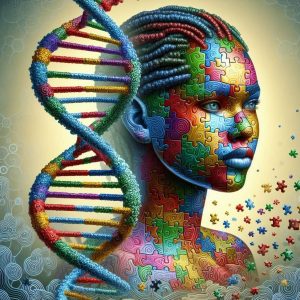
Modern Genetics
Modern genetics is a dynamic and rapidly evolving field that builds upon the foundational principles of Mendelian genetics. It encompasses a wide range of techniques and technologies used to understand the genetic basis of health, disease, and biological processes. For the latest research, visit Nature Genetics. Here’s a comprehensive look at the key aspects of modern genetics:
1. Advances in Genomic Sequencing
One of the most significant advancements in modern genetics is the development of genomic sequencing technologies. The Human Genome Project, completed in 2003, was a landmark achievement that mapped the entire human genome. This project has paved the way for next-generation sequencing (NGS) technologies, which allow scientists to sequence DNA rapidly and affordably. For more on genomic sequencing, visit GenomeWeb.
2. CRISPR-Cas9 Gene Editing
CRISPR-Cas9 is a revolutionary gene-editing technology that allows for precise modifications of the DNA sequence in living organisms. This technique, developed in the early 2010s, has vast applications in research, medicine, and agriculture. It enables scientists to correct genetic mutations, study gene function, and develop new treatments for genetic disorders. Learn more about CRISPR-Cas9 at Nature.
3. Genetic Engineering and Synthetic Biology
Genetic engineering involves modifying an organism’s genome to achieve desired traits, while synthetic biology aims to design and construct new biological parts and systems. These fields have led to the development of genetically modified organisms (GMOs), synthetic medicines, and bioengineered crops. For an overview of synthetic biology, visit SynBioBeta.
4. Personalized Medicine
Personalized medicine uses genetic information to tailor medical treatments to individual patients. By analyzing a person’s genetic makeup, doctors can predict disease risk, select the most effective treatments, and avoid adverse drug reactions. This approach is revolutionizing healthcare by making it more precise and effective. For more information, visit GenomeWeb.
5. Genomic Data and Big Data Analytics
With the increasing volume of genomic data generated from research and clinical applications, big data analytics has become crucial for interpreting and utilizing this information. Advanced computational tools and algorithms help researchers identify genetic variations, understand gene functions, and explore complex genetic interactions. For insights into big data in genomics, visit Nature.
Summary Table: Modern Genetics Technologies
| Technology | Description | Applications |
|---|---|---|
| Genomic Sequencing | Mapping and analyzing the complete DNA sequence of an organism | Research, diagnostics, personalized medicine |
| CRISPR-Cas9 | Precise gene-editing tool for modifying DNA sequences | Gene therapy, functional genomics, agriculture |
| Genetic Engineering | Modifying organisms’ genomes to achieve desired traits | GMOs, synthetic medicines, bioengineering |
| Personalized Medicine | Tailoring medical treatments based on individual genetic profiles | Customized treatment plans, disease prevention |
| Big Data Analytics | Using computational tools to analyze large-scale genomic data | Data interpretation, genetic research, biomarker discovery |
Modern genetics has transformed our understanding of biology and medicine through groundbreaking technologies and research. From genomic sequencing and CRISPR-Cas9 to personalized medicine and big data analytics, these advancements continue to drive innovation and improve human health. To stay updated on the latest developments in modern genetics, visit GenomeWeb.
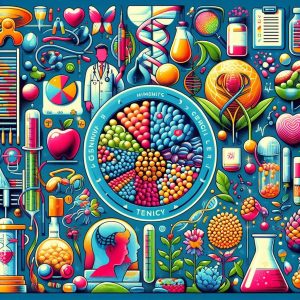
Applications of Genetics
Genetics plays a crucial role in various fields, including medicine, agriculture, and biotechnology. Genetic research helps in the understanding and treatment of genetic disorders, the development of genetically modified organisms (GMOs), and the study of evolutionary relationships. For more applications, check out NCBI.
| Field | Application | Example |
|---|---|---|
| Medicine | Genetic testing and therapy | BRCA gene testing for breast cancer risk |
| Agriculture | Development of GMOs | Bt cotton |
| Biotechnology | Gene editing | CRISPR-Cas9 |
Key Figures in Genetics
Gregor Mendel: Known as the father of genetics for his work on pea plants and the laws of inheritance.
James Watson and Francis Crick: Discovered the double-helix structure of DNA, which is crucial for understanding genetic replication and mutation.
Rosalind Franklin: Her work with X-ray diffraction was key to discovering the DNA structure.
Genetics is a foundational science that informs many aspects of biology and medicine. Understanding genetic principles helps us address challenges in health, agriculture, and biotechnology. Continuous research and technological advancements promise to unlock further mysteries of genetic mechanisms and their applications. For more in-depth resources, visit Genetics Society of America.
FAQs about Genetics
6. How does genetics impact disease prevention?
Genetics plays a crucial role in disease prevention by identifying genetic risk factors and predispositions. Through genetic testing and family history analysis, individuals can learn about their risk of developing certain diseases and take preventive measures. For more on this, check Cancer.gov.
7. What is genetic counseling?
Genetic counseling is a process that provides individuals and families with information and support regarding genetic disorders. Genetic counselors help interpret genetic test results, understand the implications for health, and make informed decisions about management and treatment. For more details, visit National Society of Genetic Counselors.
8. How is genetics used in agriculture?
In agriculture, genetics is used to develop crops and livestock with desirable traits, such as increased yield, disease resistance, and improved nutritional content. Techniques like genetic modification and selective breeding help enhance food security and agricultural productivity. For more information, visit FAO on Genetic Resources.
9. What are some ethical issues related to genetics?
Ethical issues in genetics include concerns about genetic privacy, discrimination, and the potential misuse of genetic information. Ethical considerations also involve the implications of genetic modifications and the equitable access to genetic technologies. For more insights, check NCBI.
Disclaimers
The information provided on genetics is intended for educational purposes only and does not substitute for professional medical advice. Always consult a healthcare provider or genetic counselor for specific guidance and interpretation related to genetic testing and personal health. For comprehensive advice, visit Genetics Society of America.
Cautions
1. Privacy Concerns: Genetic information is sensitive and can have implications for privacy and personal security. Ensure that genetic data is handled confidentially and in accordance with legal protections. More on privacy considerations can be found at HHS HIPAA.
2. Potential for Misinterpretation: Genetic test results can be complex and subject to interpretation. It’s important to consult with qualified professionals to understand the implications of genetic findings and avoid misinterpretation. For professional guidance, visit Genetic Counselor.
3. Ethical and Social Implications: The use of genetic information must be guided by ethical principles to prevent discrimination and ensure equitable access. Stay informed about the ethical implications of genetic technologies and policies. For more information, explore American Society for Bioethics and Humanities.
I mentioned again here that the information provided in this article is for educational purposes only and is not intended as a substitute for professional advice or scientific research.

